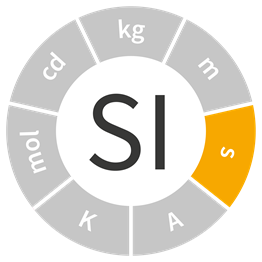
Progressing towards the redefinition of the second
With the advent of optical frequency standards, which are systematically achieving uncertainties below those of caesium fountain primary standards, the redefinition of the second, based on optical transitions, is being considered by the Consultative Committee for Time and Frequency (CCTF). Candidate species (171Yb, 87Sr) developed by metrology laboratories and research institutes are already being regularly reported to the BIPM, contributing to International Atomic Time (TAI) as secondary representations of the second. Several other radiations are measured with great accuracy and may be accepted as secondary representations of the second in the future. Progress over the last 10 years is instilling growing confidence within the TF community that the adoption of a new definition will occur within the next decade or soon thereafter. Further improvements in the operational aspects of clocks (stability, uncertainty, robustness) and TF transfer and comparison techniques present opportunities to accelerate the timeline towards the redefinition.
The CCTF established a task force in charge of updating the roadmap for the redefinition in 2020. An essential part of this global coordination involves providing the community with fundamental information about all aspects of the change, including its drivers, impact and remaining challenges.
A recently published Metrologia open access review article describes the outputs of the work carried out by the task force. A dedicated BIPM webpage gives complementary information addressing frequently asked questions about the redefinition.
Redefining the SI second will improve the quality of the mise en pratique, thereby supporting continued scientific and technological progress. The adoption of the redefinition by the General Conference on Weights and Measures, the CGPM, is anticipated in 2030 or later, depending on the fulfilment of the mandatory criteria detailed in the CCTF roadmap.